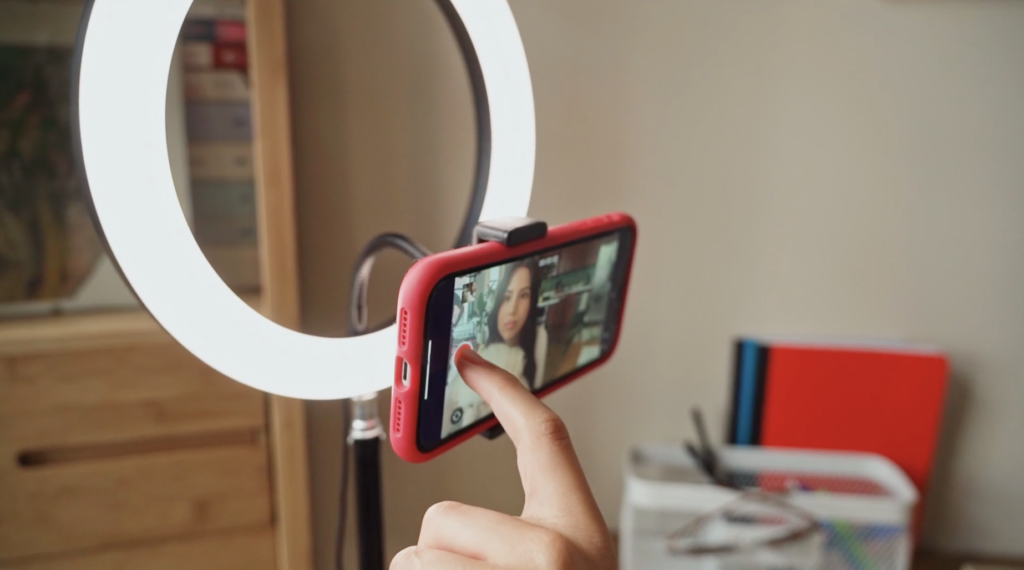Videos are one of the best ways to convey information online, whether you’re creating a tutorial or just trying to get your message out there. But not all videos are created equal—and while most people know this, they don’t always know how to make their videos better. Here are 6 ways you can improve your videos and get them noticed:
1. Don’t be Afraid to Improvise
Improvisation is an important skill in any creative endeavor, but it can be especially helpful for video production. It’s okay if you don’t get the shot right on the first take (or even the second or third), because every take is a learning experience. Unless you’re short of time, or shooting on film, you don’t need to be too concerned about being perfect; just try your best and keep making small tweaks until it feels right.
Of course, this isn’t to say that improvising is easy—in fact, when done well it takes a lot of practice! People who are good at improvising know how to make decisions quickly based on what they’ve learned through experience rather than just relying on what they’ve memorized through studying or rehearsing an idea beforehand.
2. Tripod vs. Handheld
Deciding when to use a tripod for static shots, and knowing when to shake things up by going handheld will keep your shots dynamic. For the best of both worlds, gimbals are clutch to have on deck.
The reason tripods are so valuable is because they (obviously) help stabilize your shots. More importantly, it allows for consistency across multiple takes. This is crucial for actors to maintain their blocking, and makes the jobs of your editor, lighting, and focus puller easier.
While tripod or “locked off” shots make sense for certain scenes, others will need to feel more natural, which is where handheld comes into play. Handheld styles can range from holding the camera directly in your hands, to using a steadicam, or more professional gimbal rigs. Whether you’re filming a fight scene, a chase scene, or trying to achieve a complicated one-take, you’ll want to experiment with these different techniques depending on the nature of your scene.
3. B-roll is Your Best Friend
You can never have too much B-roll. It’s key to establishing settings, creates immersion, and gives you much needed coverage during the editing process.
If you’re new to the world of video production, B-roll might seem like a bit of an enigma. But it’s actually one of the most important aspects of good filmmaking. If you’re not familiar with it, B-roll is simply footage that supports your primary shot—it’s basically anything that doesn’t directly relate to what you’re filming at that moment but will help illustrate an important point, tell a story or show the scale of something.
If you stop to think about any movie or show you’ve seen, 9 times out of 10, the first shot you’ll see will be an establishing shot of the location that gives you context. B-roll is also used in combination with voice overs in explainer videos or even something as simple as the news. If you’re not using B-roll yet, you’ll be amazed at how this one addition will dramatically improve your videos.
4. Framing and Using New Angles
When setting up your shots, your choice of framing can make the difference between a vanilla scene and one that is dynamic and engaging.
There are many different ways to frame your shots. The easiest way is to use a tripod, which allows you to adjust the height of your camera so that it’s at eye level or slightly above. This gives the viewer a strong sense of presence in the scene and makes them feel like they are right there with you. You can also use wide angle lenses or telephoto lenses for dramatic effect by framing close ups on details or distant objects. You can also get creative with high angle shots where you place yourself higher up than what would normally be considered normal usage (think birds flying overhead).
Playing with the “rule of thirds” is also a way to change the feel of a scene and when done tactfully, can improve your videos in a noticeable way. For a look at some masterful use of framing, take a look at these scenes from the series Mr. Robot.
5. Keep Props Close By
Props can be passive elements that add texture and context to your shots. Simply adding relevant objects during product reviews for example, can make a frame look full and deliberate.
Props can help you tell your story in a more meaningful way, get laughs from your audience, and keep them engaged throughout the entire video. The best part about props is that they don’t have to be expensive or difficult to find. If you have access to something that’s relevant and useful for your topic (like an old photo album), then go ahead and use it! It’ll make everything look more professional and authentic.
Even something as simple as including a few objects that are in the same color scheme as your main product will add bits of texture to your shots.
6. Music Ties It All Together
While silence is a virtue, filling in the empty space of your content with the right music will always make it more engaging and is the perfect opportunity to add your personal flair.
Music is a powerful tool for the video editor. It can be used to add emotion to a scene, or to give it drama, comedy or suspense. Music can cover up bad audio or background noise and make your video sound professional.
Most importantly, music guides your viewer and helps them understand how the characters feel, or helps you steer them in the direction you’re hoping for them. From something as lighthearted as a daily vlog, or as deep as an emotional monologue, finding the right music can drastically improve your videos.
Loudly got you covered! Browse a high-quality royalty-free music library and customize the songs you select to make them the perfect fit to your videos.
We’ve covered six different techniques that you can use right away to improve your videos. From using lighting to recording with a tripod, using any of these tips will help you take your videography skills to the next level.

